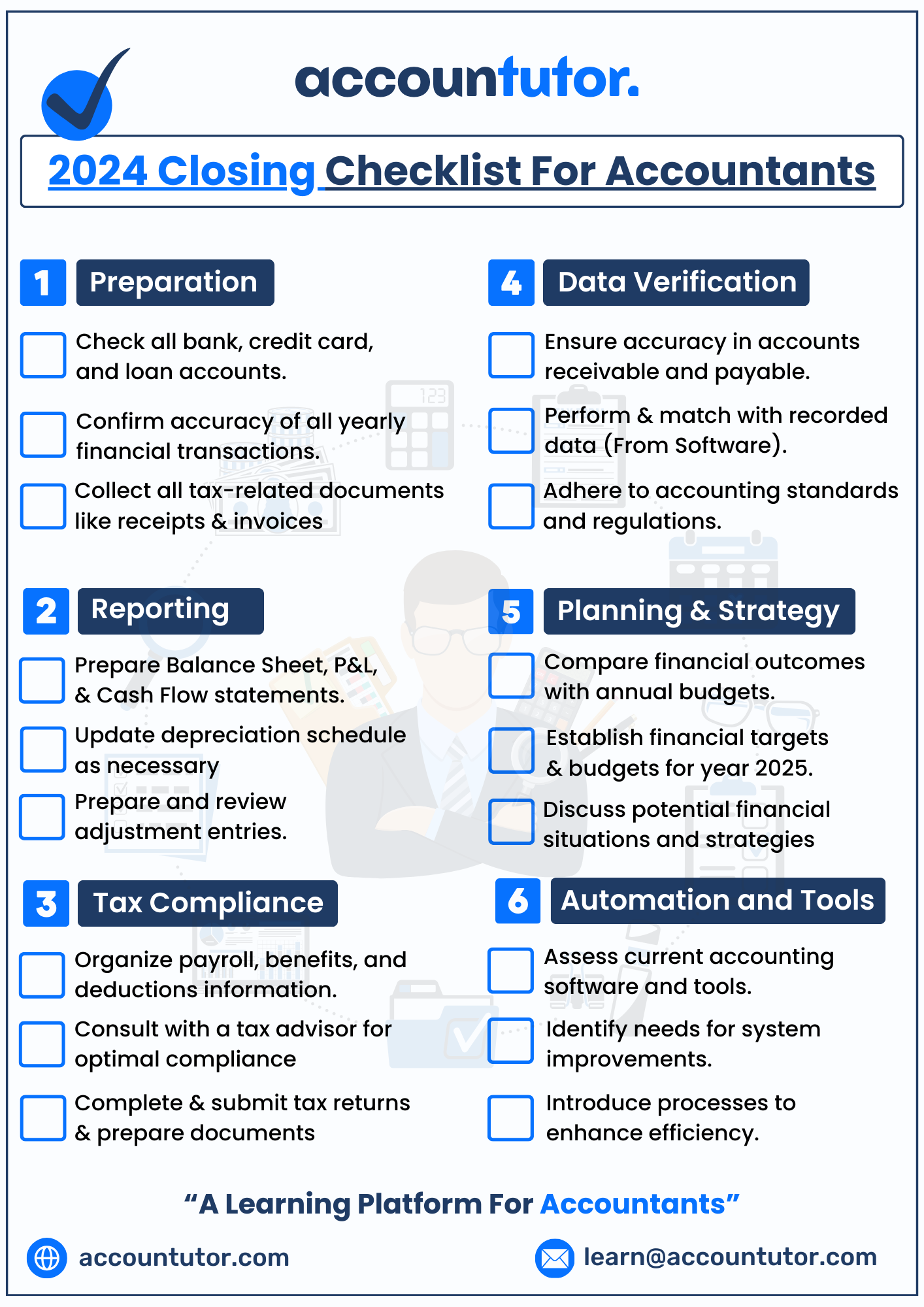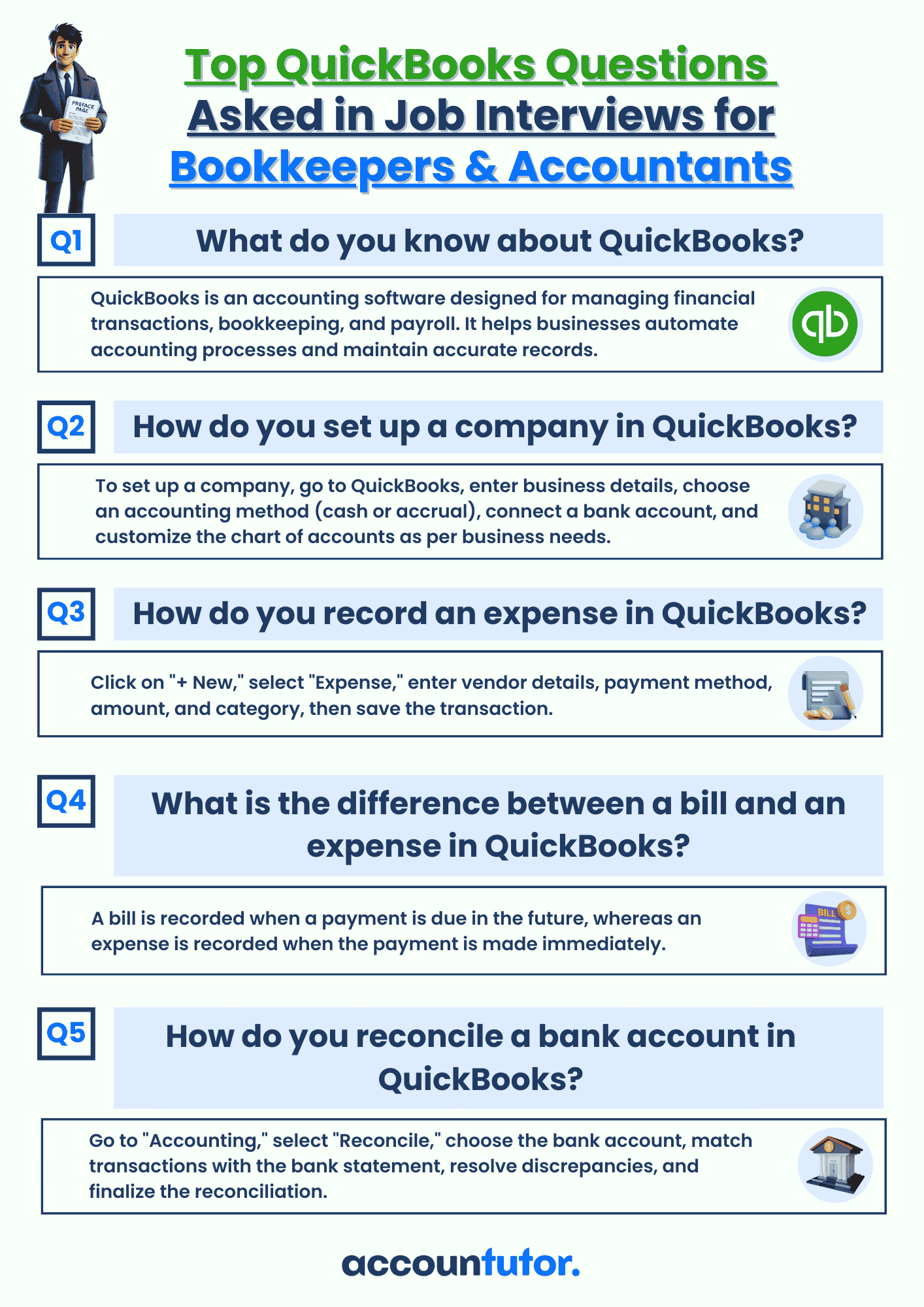Solvency
& Efficiency Ratios
-
Debt-to-Equity Ratio
-
Interest Coverage Ratio
-
Inventory Turnover Ratio
-
Accounts Receivable Turnover
Solvency
& Efficiency Ratios
Solvency ratios measure a company’s ability to meet its long-term
obligations, while efficiency ratios show how well it uses its
resources to run daily operations. Together, they help assess the business’s
long-term stability and operational strength.
“Solvency keeps the business alive long-term. Efficiency keeps it running smoothly every day.”
“Solvency keeps the business alive long-term. Efficiency keeps it running smoothly every day.”
1. Debt-to-Equity Ratio
The debt-to-equity ratio is
calculated using the formula: Total Liabilities ÷ Shareholders' Equity.
This solvency ratio indicates how much debt a company is using to finance its
assets in comparison to the owner’s investment. A higher debt-to-equity
ratio suggests that the business relies more on borrowed funds than on
owner financing. While this can help accelerate growth, it also increases
financial risk—especially during economic downturns—since the company must
continue repaying its debts regardless of profits.
2. Interest Coverage Ratio
The interest coverage ratio is
calculated using the formula: EBIT ÷ Interest Expense,
where EBIT stands for Earnings Before Interest and Taxes.
This ratio measures how easily a company can cover its interest payments on
outstanding debt using its operating income. A higher
interest coverage ratio means the business has a stronger
ability to meet its interest obligations comfortably, which is a positive sign
for lenders and investors. On the other hand, a low ratio could indicate
financial stress and a higher risk of default.
3. Inventory Turnover Ratio
The inventory turnover ratio
is calculated using the formula: Cost of Goods Sold ÷ Average Inventory.
This efficiency ratio measures how quickly a business sells and replaces its
inventory over a specific period. A higher inventory turnover indicates
that products are selling quickly, which is often a sign of strong customer
demand or effective inventory management. On the other hand, a low
turnover may suggest overstocking, slow-moving goods, or weak sales
performance.
4. Accounts Receivable Turnover
The receivables turnover ratio
is calculated using the formula: Net Credit Sales ÷ Average
Accounts Receivable. This ratio shows how many times a business
is able to collect payments from its customers during a given period. A high receivables turnover means
the company is collecting money quickly and managing its credit sales
effectively, which is important for maintaining healthy cash flow. A lower
ratio, on the other hand, may indicate collection delays or issues with
customer payments.
Key Takeaways
✅ Solvency ratios assess long-term financial health and debt
levels
✅ Efficiency ratios track how well a business uses its assets
✅ Debt-to-Equity shows reliance on borrowed funds
✅ Interest Coverage measures ability to repay debt interest
✅ Turnover ratios show how quickly inventory or receivables are converted into cash
✅ Efficiency ratios track how well a business uses its assets
✅ Debt-to-Equity shows reliance on borrowed funds
✅ Interest Coverage measures ability to repay debt interest
✅ Turnover ratios show how quickly inventory or receivables are converted into cash
Write your awesome label here.
Access all Accounting and Bookkeeping Courses from One Portal.
Mastering Bookkeeping and Accounting
MBA simplifies accounting, ledger management, account balancing and financial statement preparation.
QuickBooks Online For Bookkeepers
From Beginner to Expert: Master QuickBooks Online. Effortlessly Navigate, Analyze Transactions, and Unlock its Full Potential.
Xero Accounting For Bookkeepers
Learn how to use Xero, the leading online accounting software to perform most of the essential bookkeeping tasks.
ChatGpt for Bookkeepers and Accountants
Learn how to use the ChatGPT prompt toolkit to simplify daily accounting tasks for accountants and bookkeepers instantly.
Subscribe to our newsletter
Stay informed with the latest accounting tips, tools, and updates from Accountutor right in your email inbox.
Thank you!
Policy Pages

Download QuickBooks Online PDF Guide
Thank you!

Download QuickBooks Online Cheat Sheet
Thank you!

Download ABCD of Accounting
Thank you!

Download Checklist 2024
Thank you!
Register For Free!
Thank you!

Download Interview Questions
Thank you!

